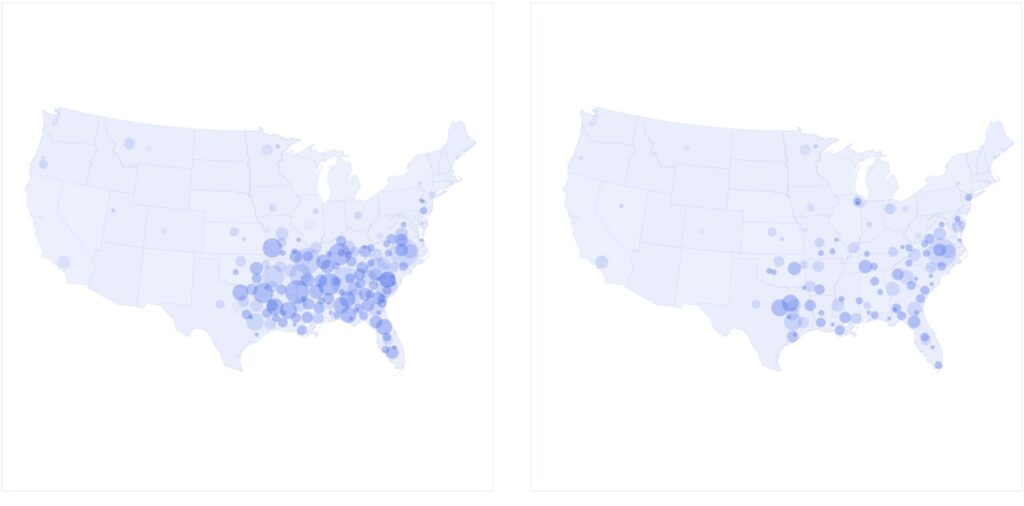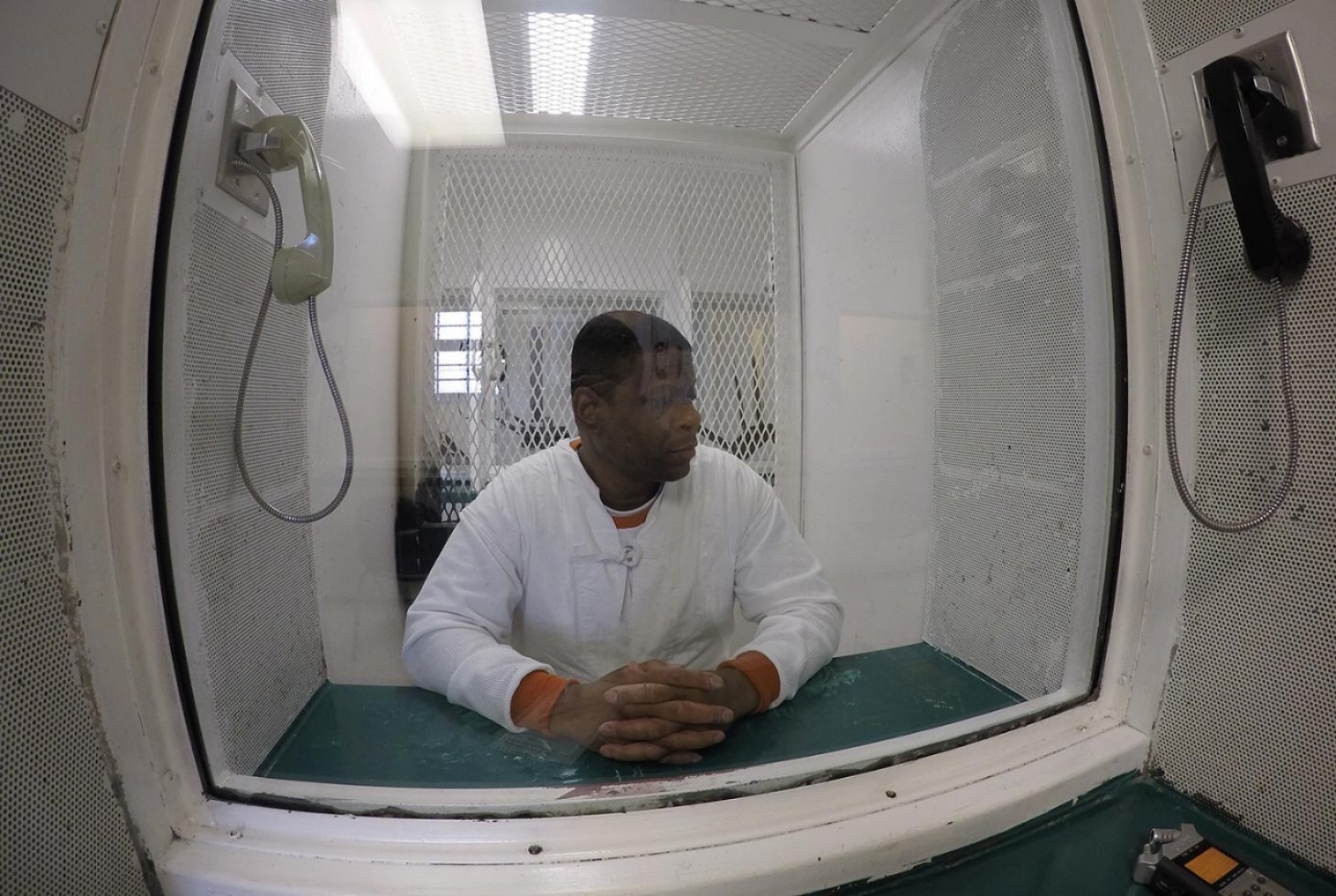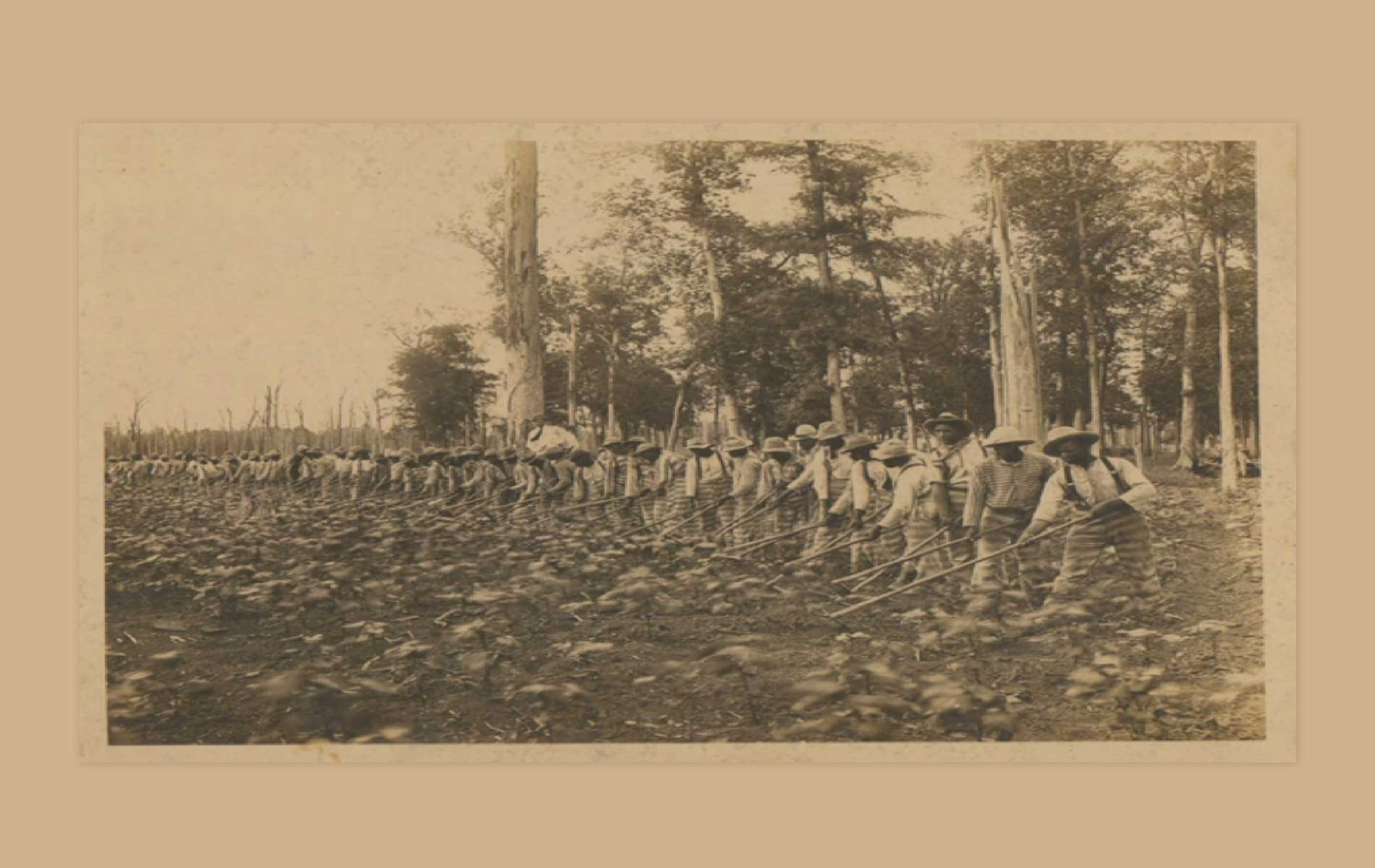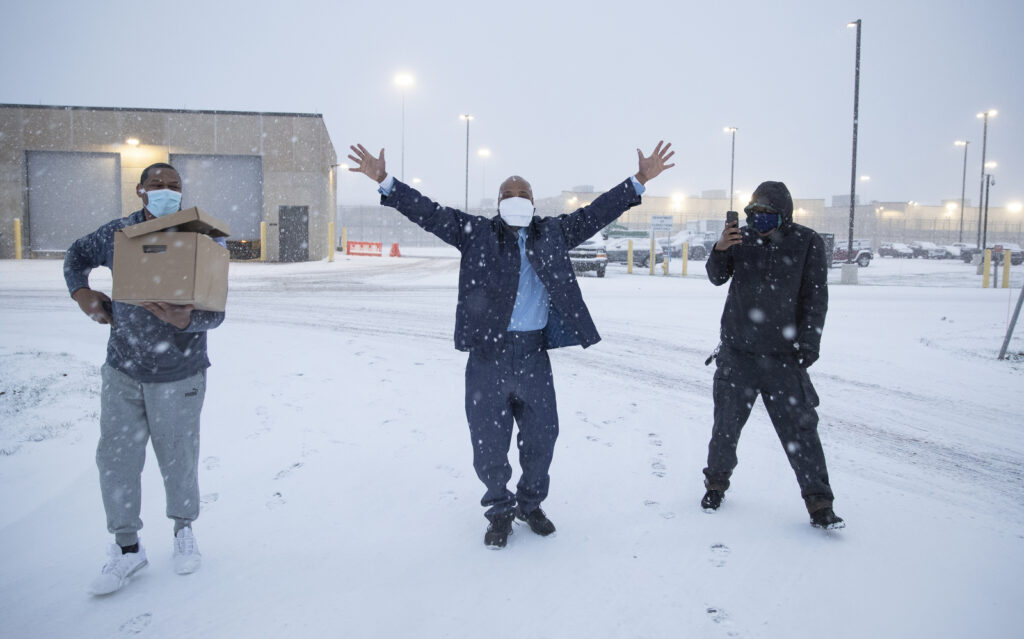8 Facts You Should Know About Racial Injustice in the Criminal Legal System
Racial discrimination has been ingrained in the criminal legal system from its earliest days and persists today.
02.05.21 By Daniele Selby
Updated on Feb. 6, 2022: This piece has been updated to reflect recent statistics.
While Black History Month is a time to celebrate the progress that has been made and to honor those who fought for equal rights for Black people in the United States, it’s also an occasion to reflect on how far we have to go.
The legacy of slavery, racist Jim Crow laws, and hateful lynchings has translated into modern-day mass incarceration and the disproportionate imprisonment of Black people. No where is that seen more clearly than in prisons like the Mississippi State Penitentiary — also known as Parchman Farm — and Louisiana’s Angola prison, which were built on and modeled after slave plantations and where several Innocence Project clients have been incarcerated.
Racial discrimination and bias has been ingrained in the criminal legal and law enforcement system from its earliest days and continues to pervade every level of the system today. The Innocence Project, with your support, is committed to addressing these injustices.
These eight statistics highlight the ways in which racial inequality persists in the criminal legal system today and contributes to wrongful conviction.
1. More than half of death row exonerees are Black.
Of the 185 people exonerated from death row since 1973, about 53% are Black, according to the Death Penalty Information Center. Historically the death penalty has been disproportionately applied to Black people in the U.S., and they are still overrepresented on death row. Today, the states that sentence the most people to death are those that once carried out the most lynchings.

Lynchings of Black Victims between 1883 and 1940 (left) and Executions of Black Defendants Between 1972 and 2020.
2. Nearly half the people currently on death row are Black
In 2020, about 42% of people on death row were Black including Innocence Project clients Rodney Reed and Pervis Payne, though Black people make up just 13% of the U.S. population overall.
The death penalty is more likely to be used in cases in which a white person is killed — people convicted of killing white people are executed at 17 times the rate of those convicted of killing Black people. Both Mr. Reed and Mr. Payne were convicted of killing white women in the South.
Since 1976 — when the death penalty was reinstated after a four-year suspension — nearly 300 Black people accused of murdering white people have been executed, compared to 21 white people accused of murdering Black people, according to the Death Penalty Information Center.
3. Half of the 2,947 people exonerated since 1989 are Black.
According to the National Registry of Exonerations, 1,471 Black people have been exonerated since 1989. While these people have since regained their freedom, collectively, more than 15,000 years of freedom were stolen from them.



What planet are you living on? Agree with Black Queen Fletcher’s reply. Of COURSE all lives matter, …. but when Black lives are so undervalued in our society, it is time to say: wake up and see that Black lives matter and should not be swept under the carpet as if they were dirt. I made a conscious decision after seeing George Floyd murdered before my very eyes, that I would steep myself in reading about the racial problems and disparities in the U.S. (walking in another’s shoes). I learned a lot. [Also, I spent time in Montgomery, AL, in my elementary years, so I have seen racism far back into segregation >> and our trip to a more equal future.] We live in a very white culture, with laws purposely made for the white benefit …. so we have a long way to go, if we want the arc of justice to bend forward, as our beautiful words & purpose state. And we CAN, if we’re honest with ourselves, and want better for all, not just ourselves, our own tribe. And I’m not naive; not a pollyanna; just love the idea of America and want to help her grow forward.